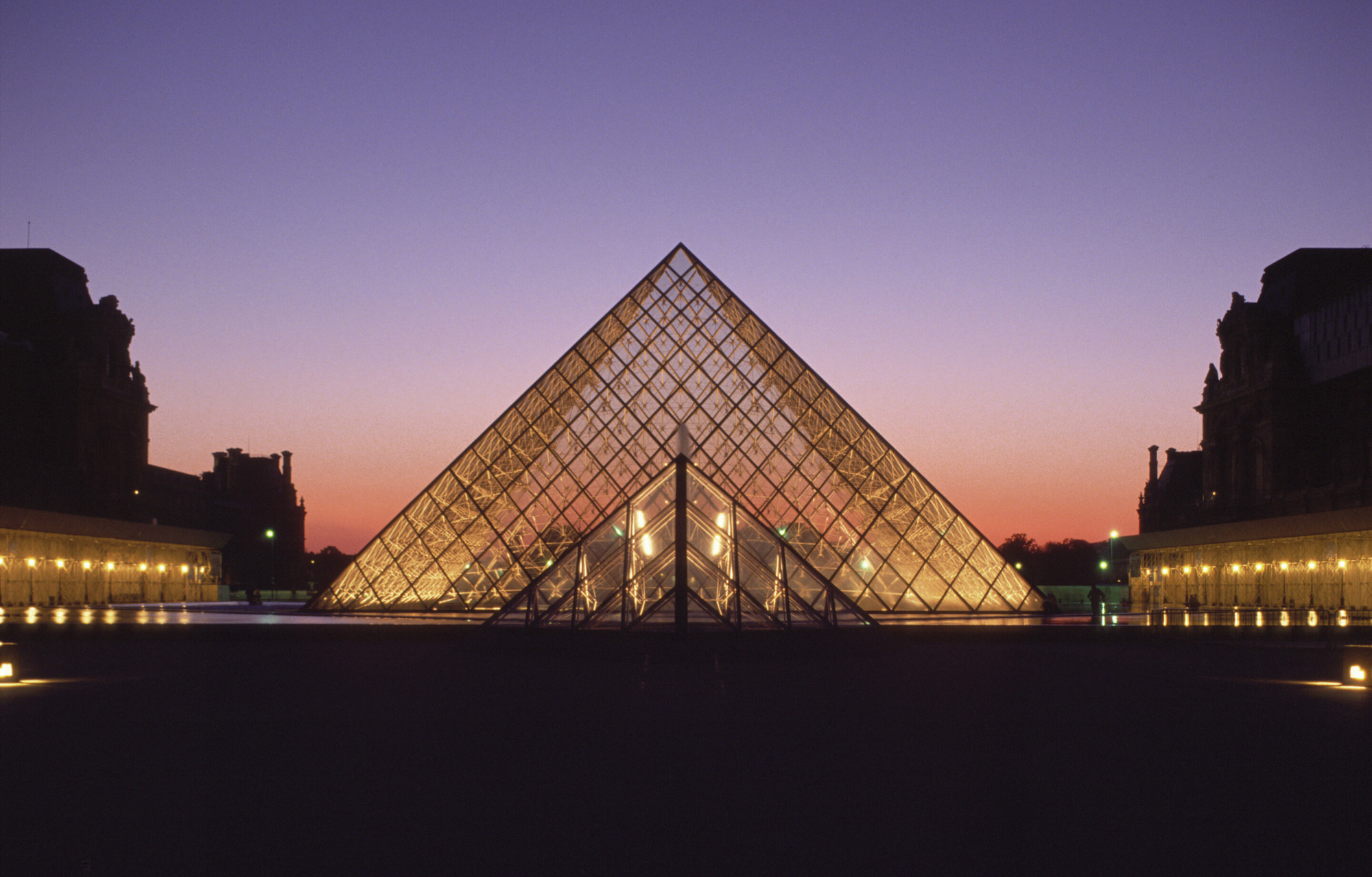There’s something deeply grounding about visiting a Mahadev temple. You don’t just go there to pray — you go to feel, to breathe, to let go. I’ve found myself in remote villages, dusty plains, and echoing Himalayan valleys, chasing that stillness Lord Shiva represents. If you’re a Shiva devotee (or just someone who’s curious), here’s a handpicked list of the top 10 Mahadev temples that will steal a piece of your heart — and maybe help you find a bit of peace too.
1. Kedarnath Temple, Uttarakhand
Let’s start at the top — literally.
- Location: Nestled at 11,755 feet in the Garhwal Himalayas
- Why it’s special: It’s one of the twelve Jyotirlingas and only the brave-hearted make the trek — or take the chopper.
- The vibe: After the 16 km trek through snow and clouds, standing in front of that ancient temple with chants in the air… it’s surreal. It’s not just a destination, it’s an emotion.
2. Somnath Temple, Gujarat
This temple doesn’t just stand — it rises, again and again.
- Location: Prabhas Patan, Gujarat
- Why it’s special: It’s been destroyed and rebuilt 17 times, yet remains unshaken.
- Real moment: I saw an old man tear up while ringing the temple bell. He whispered, “This temple… it survives everything.” And I felt that.
3. Kashi Vishwanath, Varanasi
If Shiva had an address, this would be it.
- Location: In the heart of Varanasi, Uttar Pradesh
- Why it’s special: It’s one of the holiest places to die in Hinduism. Sounds eerie? Maybe. But there’s a calmness in that acceptance.
- My tip: After darshan, sit by the Ganga at sunset. Let the ghats speak to you.
4. Amarnath Cave Temple, Jammu & Kashmir
This one’s not just a visit — it’s a pilgrimage of willpower.
- Location: A cave high up in the Himalayas
- Why it’s special: Every year, a natural ice Shiva Lingam forms here.
- What struck me: People of all ages climb with devotion in their eyes. It’s cold, hard, and magical.
5. Neelkanth Mahadev Temple, Uttarakhand
It’s said Lord Shiva drank poison here after Samudra Manthan.
- Location: Near Rishikesh, surrounded by forests and mountains
- Vibe: Green, misty, slightly mysterious.
- Pro tip: The Best Time to Visit Neelkanth Mahadev is during the Shravan month or Mahashivratri — the energy is insane. The chants, the crowd, the faith — it all hits differently.

6. Brihadeeswarar Temple, Tamil Nadu
Now let’s head down south, where architecture meets devotion.
- Location: Thanjavur, Tamil Nadu
- Why it’s special: Built in the 11th century, it’s a UNESCO World Heritage Site.
- Cultural goldmine: The temple’s structure casts no shadow at noon. Just one of those “How did they even…?” moments.
7. Lingaraj Temple, Bhubaneswar
This one’s a fusion of history, devotion, and old-world charm.
- Location: Odisha’s spiritual capital
- Why it’s special: It blends Shaivism and Vaishnavism beautifully.
- Personal note: The mahaprasad here? Don’t skip it. It’s divine — in taste and energy.
8. Mallikarjuna Temple, Andhra Pradesh
This is a power spot — literally.
- Location: Srisailam
- Significance: It’s both a Jyotirlinga and a Shakti Peetha.
- What stayed with me: The temple priests explaining how Shiva and Parvati reside together here. It’s one of the few temples with that balance.
9. Tarakeshwar Temple, West Bengal
Quiet, soulful, and deeply rooted in the locals’ hearts.
- Location: Hooghly district
- When to go: Shravan month. You’ll see barefoot pilgrims walking for miles to offer jal to Lord Shiva.
- My experience: It was raining, the temple bells were ringing, and something in me just… melted.
10. Trimbakeshwar Temple, Maharashtra
Where the God of Destruction blesses new beginnings.
- Location: Near Nashik
- Highlight: It’s where the Kumbh Mela takes place every 12 years.
- True story: I met a couple there who had just gotten married. They said they didn’t want “likes on Instagram,” they wanted “blessings from Mahadev.” Respect.
Final Thoughts: A Journey, Not a Checklist
If you’re thinking this is a bucket list — nah, it’s more than that. It’s a journey of the soul. Whether you’re trekking to Kedarnath, standing in awe at Somnath, or just lighting a diya at a small roadside temple, Lord Shiva’s presence is felt — not seen.
And here’s the thing. Sometimes, it’s not just the famous temples that leave a mark. On one quiet evening in Haridwar, I stumbled upon a lesser-known shrine. A local priest told me the Daksh Mahadev Temple story — about how Sati self-immolated and Lord Shiva’s rage shook the cosmos. No guidebook mentioned it. No crowd queued for it. But that evening, in that silence, I felt closer to Mahadev than ever before.




